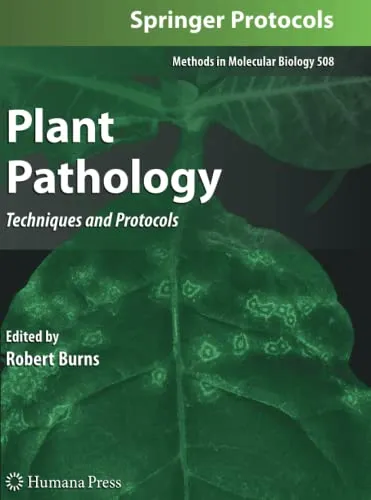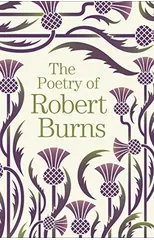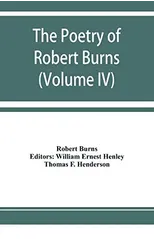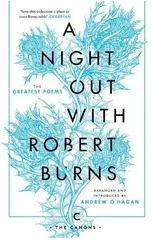Plant Pathology
Techniques and Protocols : 508
(Author) Robert BurnsPlant diseases can have an enormous impact on our lives. In a world where total crop failure can quickly lead to human misery and starvation, accurate diagnostics play a key role in keeping plants free from pathogens. In Plant Pathology: Techniques and Protocols, expert researchers provide methods which are vital to the diagnosis of plant diseases across the globe, addressing all three categories of plant pathology techniques: traditional, serological, and nucleic acid. Chapters examine recent and developing issues with crop identity and authenticity, allowing workers to genotype samples from two major food groups. Composed in the highly successful Methods in Molecular BiologyTM series format, each chapter contains a brief introduction, step-by-step methods, a list of necessary materials, and a Notes section which shares tips on troubleshooting and avoiding known pitfalls. Authoritative and reader-friendly, Plant Pathology: Techniques and Protocols is an incredible guide which will soon prove to be indispensable, both to novices and expert researchers alike.
Robert Burns
Robert Burns (1759-1796) was a Scottish poet and lyricist known for his contributions to Scottish literature. His most notable works include "Auld Lang Syne," "To a Mouse," and "Tam O'Shanter." Burns was a pioneer of the Romantic movement, using traditional Scottish dialect in his poetry to capture the beauty of everyday life and the struggles of the common man. His works often explore themes of love, nature, and social injustice. Burns' impact on Scottish literature is immense, as he is considered the national poet of Scotland. His most famous work, "Auld Lang Syne," is a beloved New Year's Eve anthem sung around the world. Burns' legacy continues to inspire poets and writers to this day.






